Panier
Close
- No products in the cart.
Sous total (Hors frais de livraison)
0,00€
Payer
Expédition et livraison
Réparation et maintenance
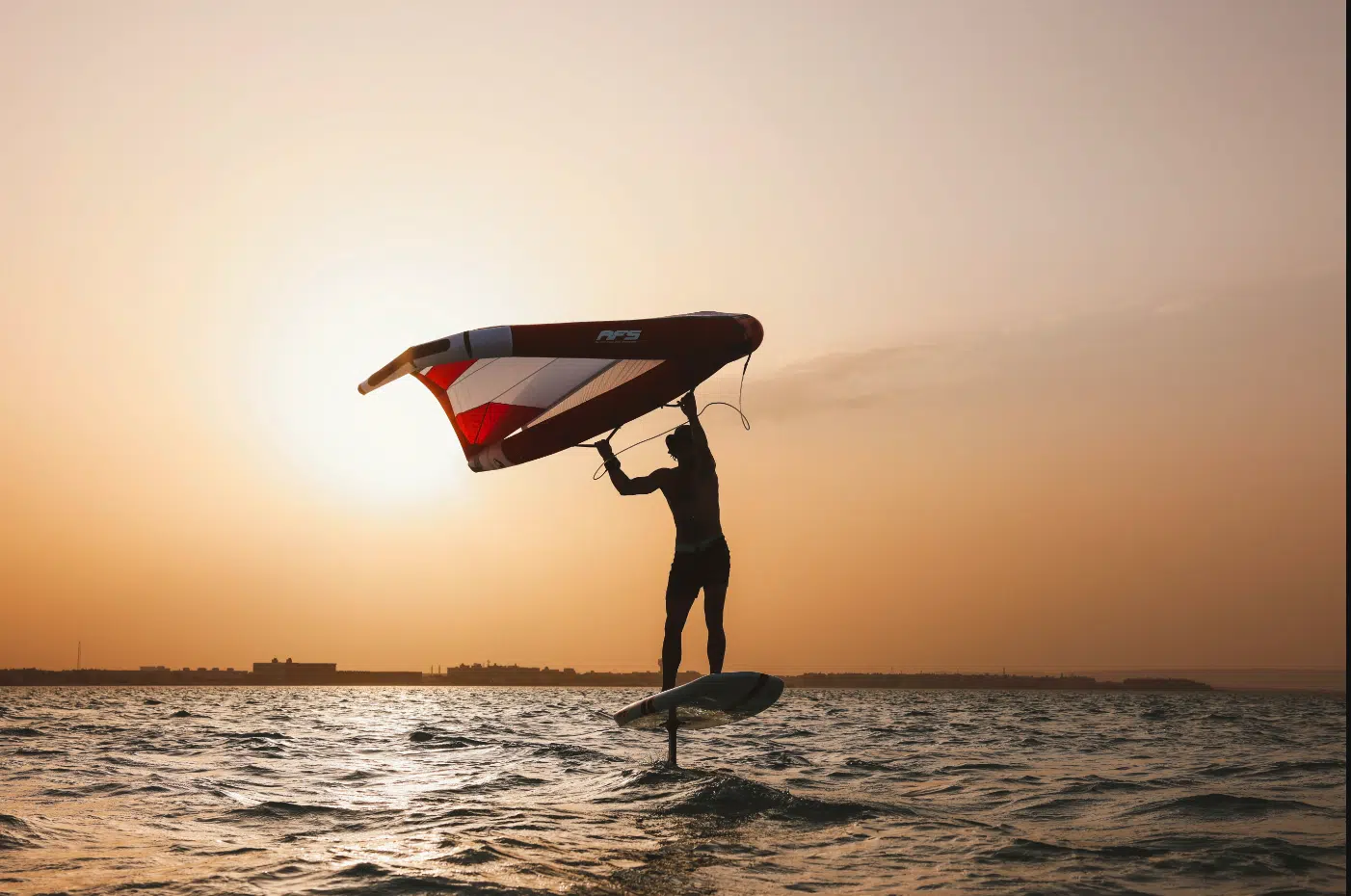
For beginners, choosing the The board is very important because it determines your learning and progress. A board that is suited to your level, size, and the wind and spot conditions where you will be riding most of the time is essential for stability and ease. That’s why, if you are new to wingfoiling, you should choose a board with generous volume to ensure good balance on the water.
The size and volume of the board vary depending on your weight, skill level, and weather conditions. Generally, it is recommended to choose a board that is about 40 liters larger than your weight.
A thicker board offers better stability, perfect for maintaining balance during your first few sessions. If you are completely new to board sports, it may be a good idea to slightly increase the recommended volume to float more easily and gain confidence. For example, for a weight of 75 kilograms, a 130-liter board will be more suitable than a 115-liter model.
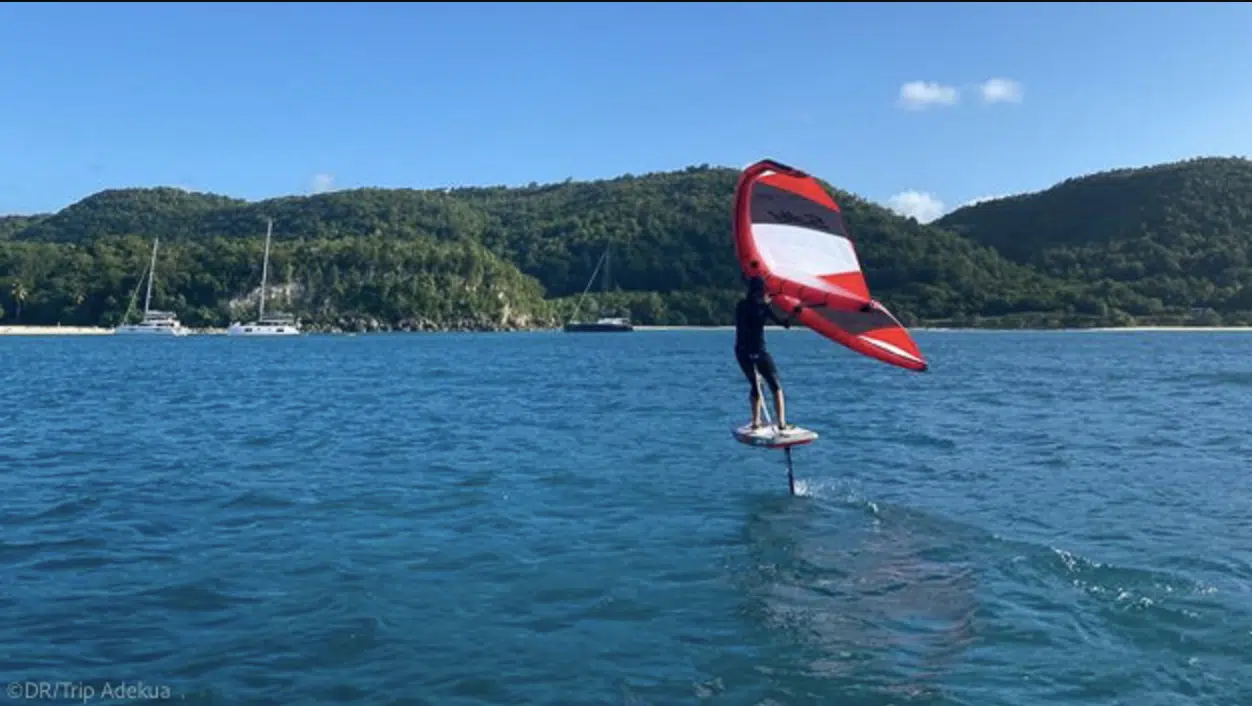
Here is a quick guide to give you an idea:
| Rider Weight | Recommended volume |
|---|---|
| Less than 60 kg | 90 -100 liters |
| 60 to 80 kg | 100 – 130 liters |
| Over 80 kg | 120 – 160 liters |
The length and width of a board also play an essential role in its maneuverability, stability, and ease of use, especially during your first few rides. A longer board glides better on the water, which makes water starts easier and allows you to take off more quickly. Beginners are advised to choose a board that is long enough to make their first few sessions easier.
On the other hand, a shorter board offers better responsiveness and allows for tighter turns, but it requires greater technical skill.
On the other hand, the width of the board directly influences its maneuverability and buoyancy. A wide board will offer more stability, ideal for beginners, while a narrower board will be more responsive and maneuverable, but also more demanding.
For a beginner, a longer (between 5’5″ and 6′ = 165 to 190 cm) and wider (around 70 cm) beginner board is recommended. Again, it all depends on your size. This is to forgive mistakes and give you more space on the deck of the board. A long, wide board makes it easier to take off, limiting the risk of recurrent falls.
Guide to recommended board sizes for wingfoil beginners
| Rider weight | Recommended board length (in feet) | Board width (in cm) |
|---|---|---|
| Less than 70 kg | 5’1 to 5’5″ | 65 to 70 cm |
| 70 to 85 kg | 5’6” to 6′ | 70 to 75 cm |
| Over 85 kg | 6′ to 6’4” | 75 to 80 cm |
Inflatable boards are lightweight and not very fragile, making them ideal for beginners thanks to their ease of transport and safety features (less risk of injury in the event of contact). However, they offer reduced stability, as they react strongly to your movements. This can slow down your progress slightly. In addition, due to their light weight, these boards tend to flip over when you fall. So you need to be careful to avoid damaging your wing!
Rigid boards stand out for their stability, greater responsiveness and superior performance. These assets will enable you to progress more rapidly in wingfoil, making learning both more motivating and more effective.
Choosing the right wing is just as important as choosing the right board. It is the engine of wingfoiling. Here are a few criteria to consider:
Choose the right size: for learning, a wing measuring 4 to 5 m² is generally sufficient. A smaller wing will be easier to control but will offer less lift. A wing that is too large will be heavier and more cumbersome. Make sure that the wing tips (extremities) do not touch the water. A larger wing will also be less maneuverable.
Choose a wing with a gentle profile: this offers better lift at low speeds, which is ideal for beginners. Conversely, some wings are more responsive and powerful than others. On the other hand, some wings are stiffer than others, meaning they don’t move when sailing, but often perform less well when pumping.
With a single wing, a size of 4 m² is ideal for sailing in winds of 15 to 25 knots, for people weighing up to 75 kg. For heavier practitioners, a 5 m² sail, or even 6 m² for those weighing around 100 kg, will be more suitable. Some people practice wingfoiling on lakes, others at sea, and wind conditions can vary from region to region, ranging from light to strong winds. It is therefore essential to choose the right single wing based on local conditions and your size.
To practice more frequently and in a variety of conditions, it is strongly recommended that you expand your quiver by adding two or even three wings, so you don’t miss out on any sessions at your favorite spots. A difference of 1.5 to 2 square meters between wings is recommended if you have two wings: for example, 3 and 5 m² for a 75 kg rider; 2.5 and 4 m² for someone weighing 55 kg; or 4 and 6 m² for a person weighing 90 kg.
And 1 square meter of space between each of your wing tips will suffice if you are lucky enough to have three.
Guide to wing size according to wind strength:
| Rider profile | Light wind (15-20 knots) | Moderate wind (20-25 knots) | Strong wind (25-45 knots) |
|---|---|---|---|
| Less than 75 kg (lightweight) | 4.0 to 5.0 m² | 3.5 to 4.5 m² | 2.5 to 3.5 m² |
| 75 to 90 kg (average) | 4.5 to 5.5 m² | 4.0 to 5.0 m² | 2.5 to 4.0 m² |
| Over 90 kg (heavy) | 5.5 to 6.5 m² | 4.5 to 5.5 m² | 3.0 to 4.0 m² |
The foil is the key element in wingfoiling. It provides the lift you need in the air to keep flying for as long as possible. For beginners, it is essential to have a foil that offers great stability at both low and high speeds.
Here are a few tips to help you choose the right foil :
Front wing : choose a large front wing, between 1500 and 2000 cm², depending on your weight and experience in water sports. The ideal size is generally between 1600 and 1800 cm². This surface area provides sufficient lift to facilitate takeoff and maintain a constant speed.
Fuselage : A long fuselage is required for greater stability and the necessary speed.
Stabilizer : A wide, thick stabilizer guarantees better stability in the air and helps maintain balance during your first few sessions. For beginners, a surface area of approximately 240-250 cm² is recommended.
Mast : a short mast (70-80 cm) is perfect for beginners, as it reduces falls and makes learning easier by keeping the board closer to the water. If you want your first mast to last a long time, choose one that is around 70-75 cm long. As you progress, you can opt for a longer mast. For beginners, an aluminum mast is recommended, as it is less reactive and less prone to scratches than carbon.
Aspect ratio : Opt for a front wing with a low aspect ratio (thicker, deeper, and shorter), which offers greater stability and is more forgiving of mistakes.
In addition to the board, wing, and foil, other accessories are essential for practicing wingfoiling safely and in good conditions.
leashs : essential for preventing loss of the sail and float in the event of a fall.
Helmet : It is strongly recommended that you wear a helmet to protect yourself in case of impact with your equipment or if you fall at a certain speed on the water.
Impact vest : it provides better buoyancy when swimming next to your equipment and protects you in the event of impact.
Wetsuit : A wetsuit suited to the water temperature will keep you warm and comfortable, while also providing extra protection against impacts.
Pump with pressure gauge : The pump is essential for inflating your wing. The pressure gauge allows you to check the inflation pressure (according to the instructions on the wing, depending on the brand and size).
Carrying case : to protect your equipment when traveling and storing it.
Additional accessories:
Neoprene shoes: these provide better grip on the board and protect your feet from cuts when swimming near your foil.
footstraps: in some cases, placing your foot in the front strap allows for better balance before taking off, especially when the water is choppy.
Harness: it can improve your comfort and extend your sessions by relieving strain on your arms, but it is not necessarily recommended when you are first starting out.
Replacement screws and grease: always keep a few extra screws in your foil or board bag, in case you lose any or forget them at home. Lithium grease or Tef-Gel will ensure the durability of the screw threads and foil inserts.
By getting the right gear, you’ll be able to enjoy your sessions to the fullest. Don’t hesitate to test wingfoil equipment at events and ask professionals for advice on the equipment that best suits your needs. New and discounted equipment, reconditioned, second-hand, complete packs or individual parts—today there is something for all levels and budgets. So don’t hesitate, let’s go wingfoiling!

Click & Collect
Secure payment in 3 or 4 instalments
Advice from enthusiasts
Satisfied or your money back
2 to 3 years warranty
Worldwide delivery
Votre emplacement actuel et les langues disponibles
Your current location and available languages
Build your complete foil equipment according to your practice and objectives.
Answer a few quick questions and get a suggestion.
Compare up to three stabilizers side by side.
Coming soon...
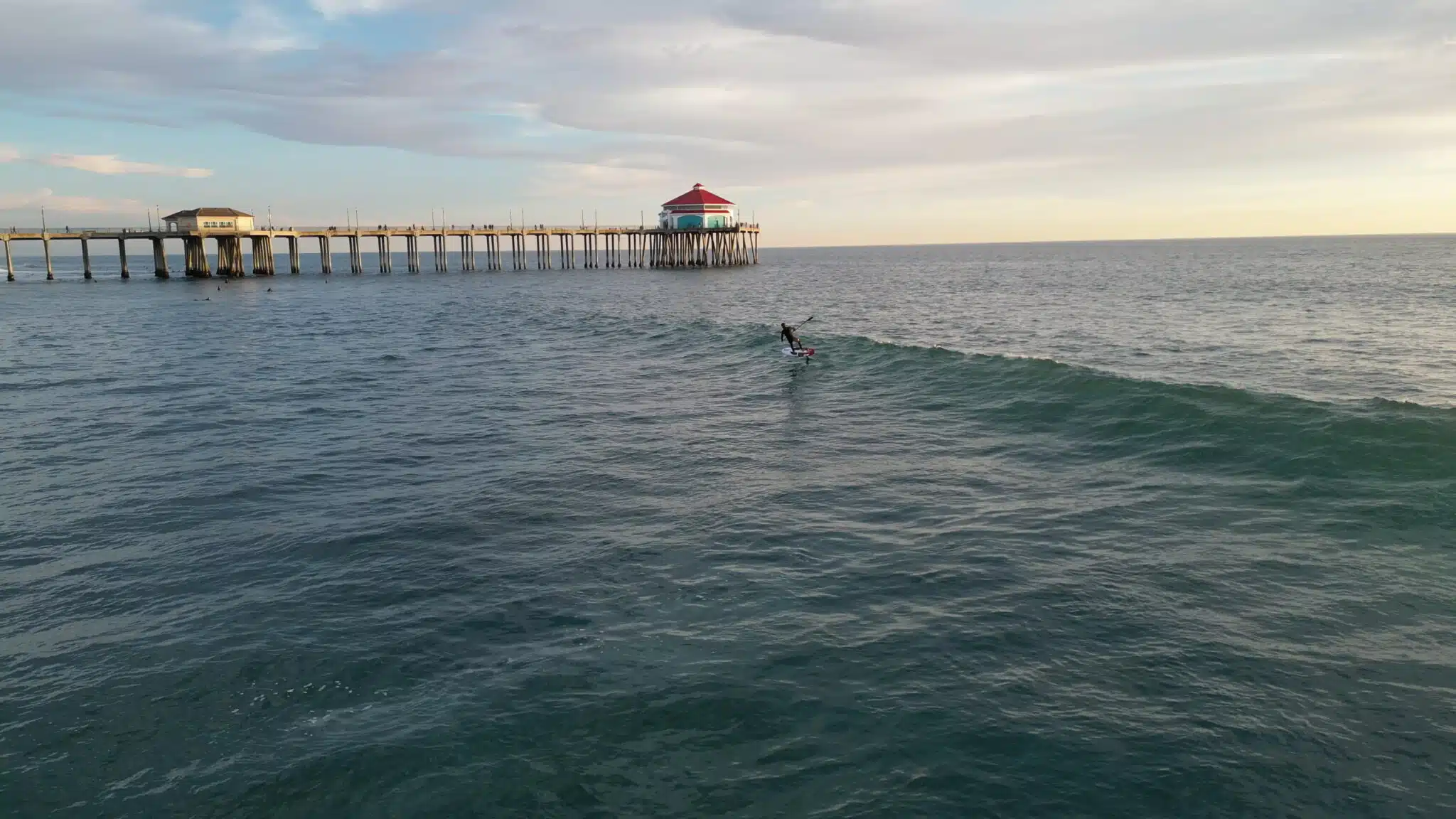
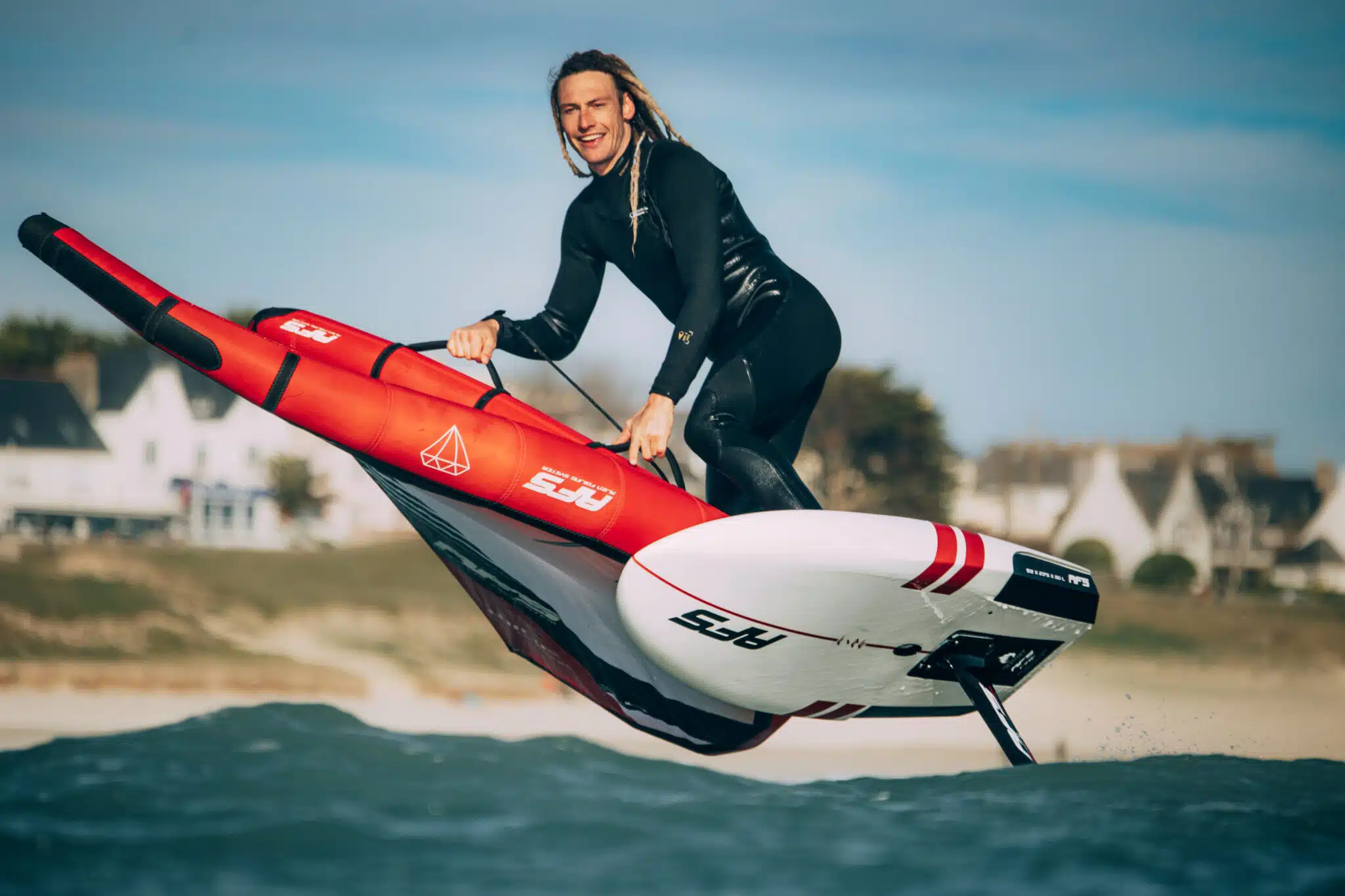

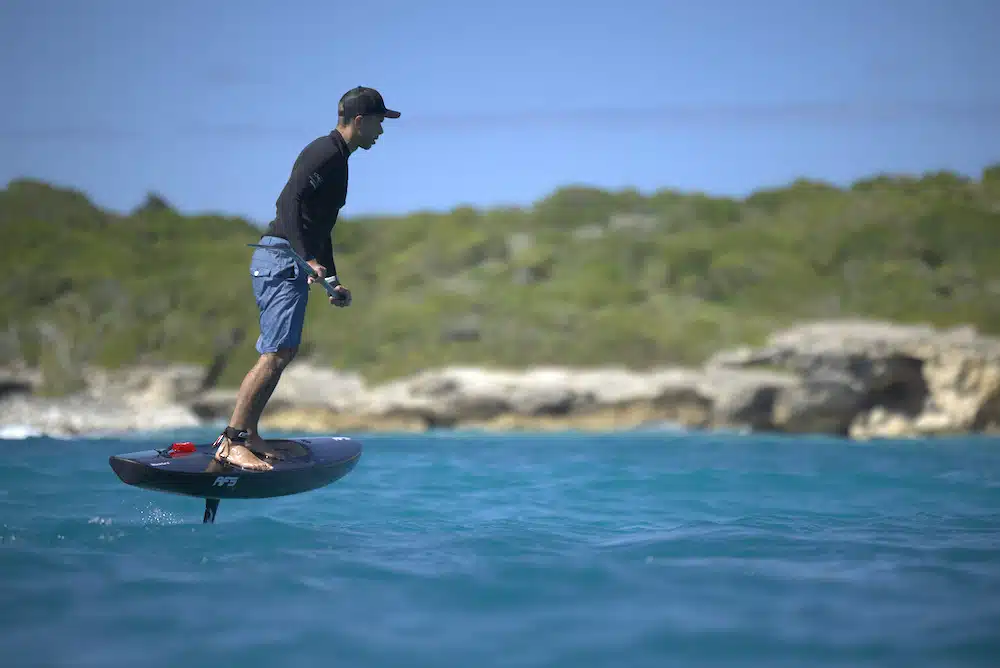
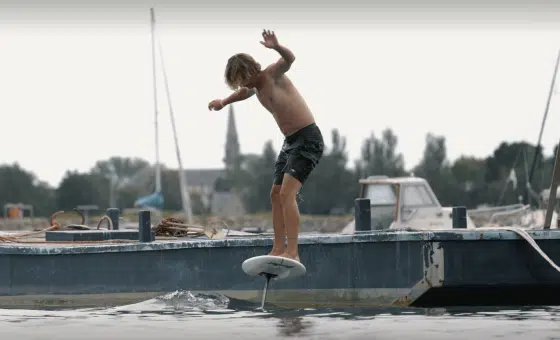
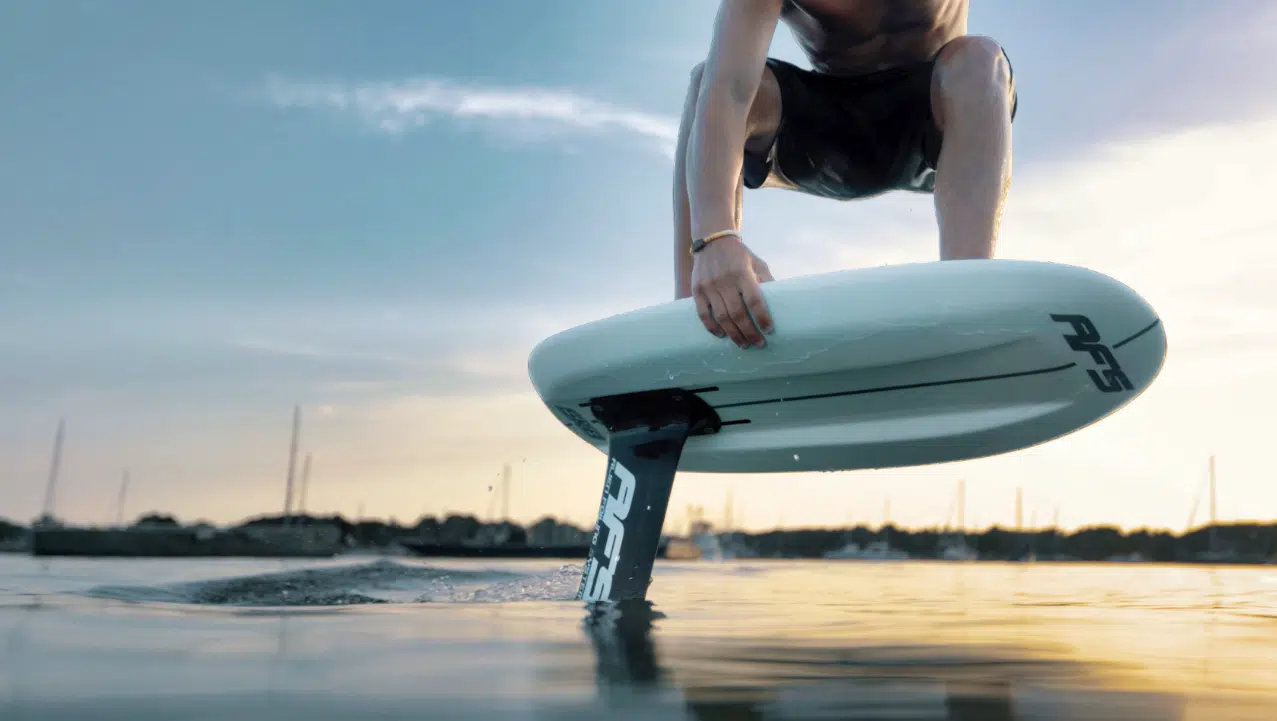
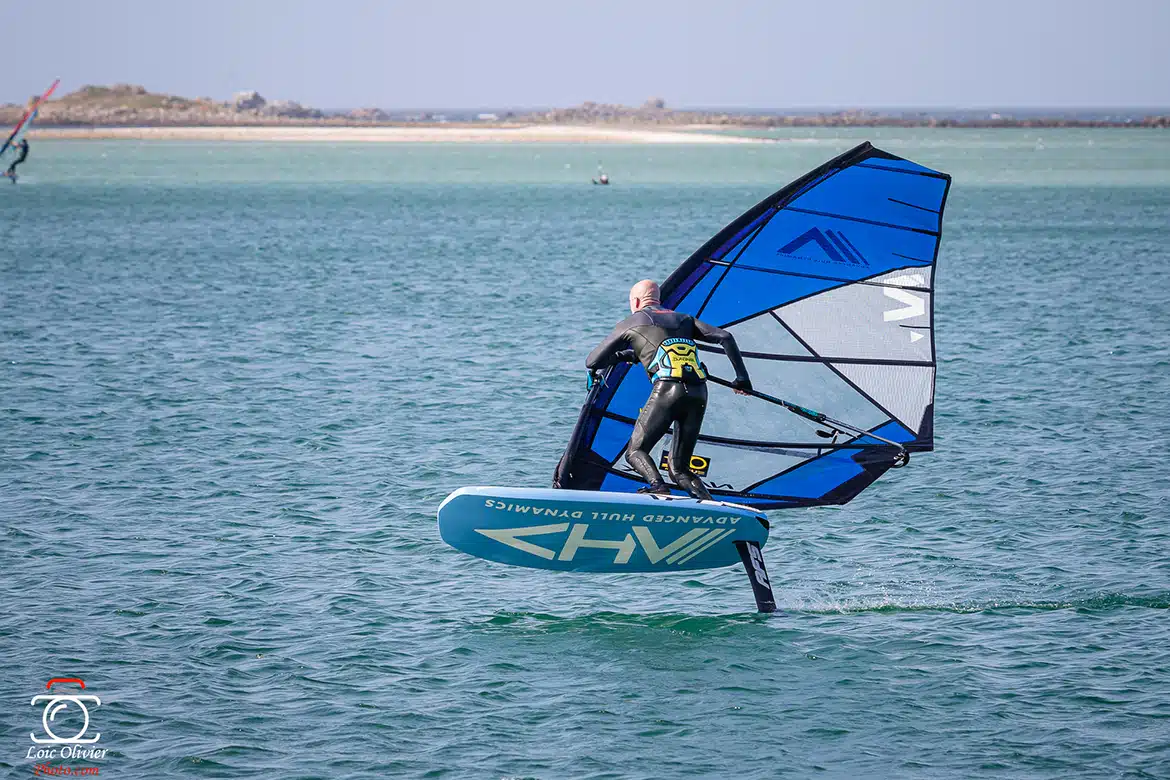
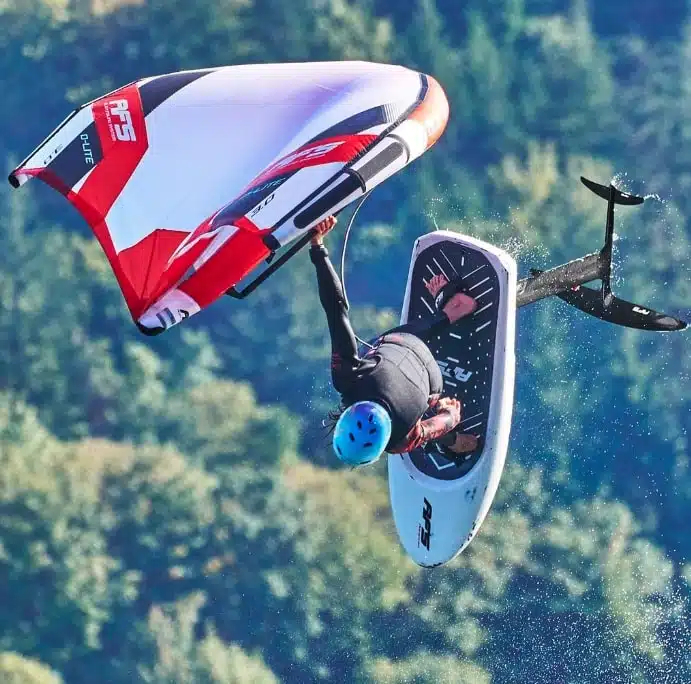
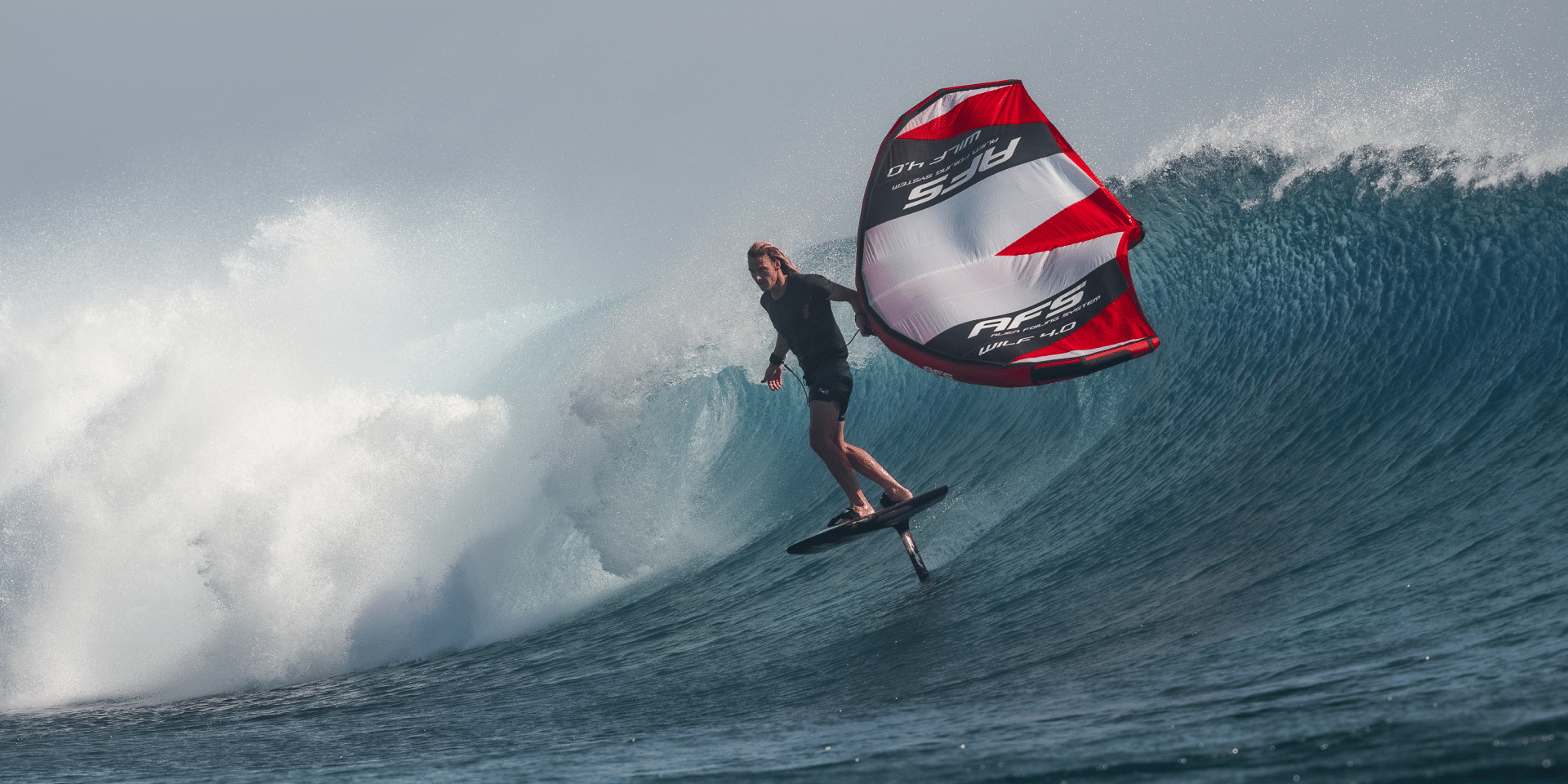
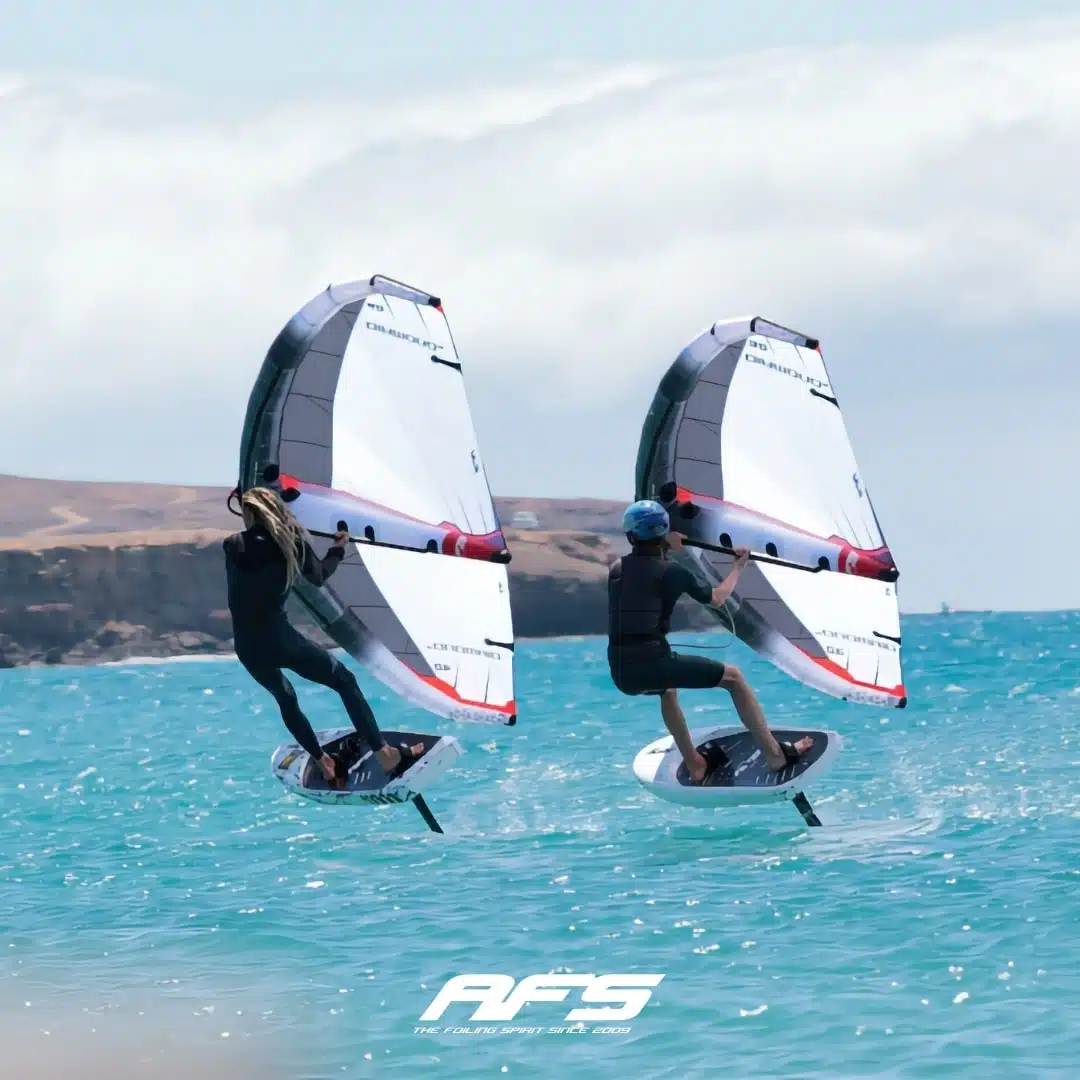
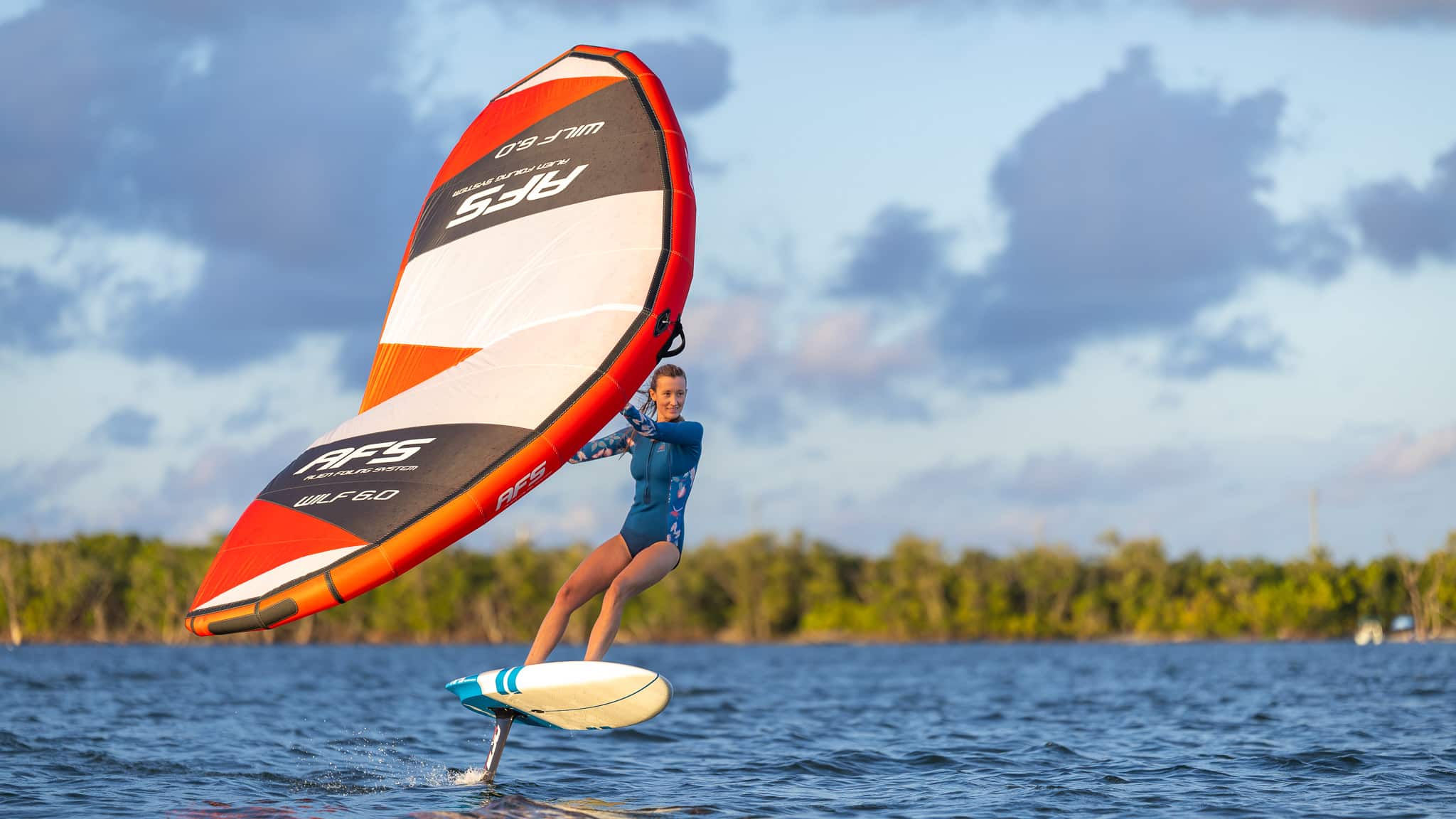

You will receive a product in excellent condition, with a few minor scratches from use.
Your product may have a few minor scratches or visual defects, but it's ready to take to the water again!
Despite deeper scratches or more pronounced visual defects, your product can take to the sea without hesitation: at this price, it's a shame to miss out!